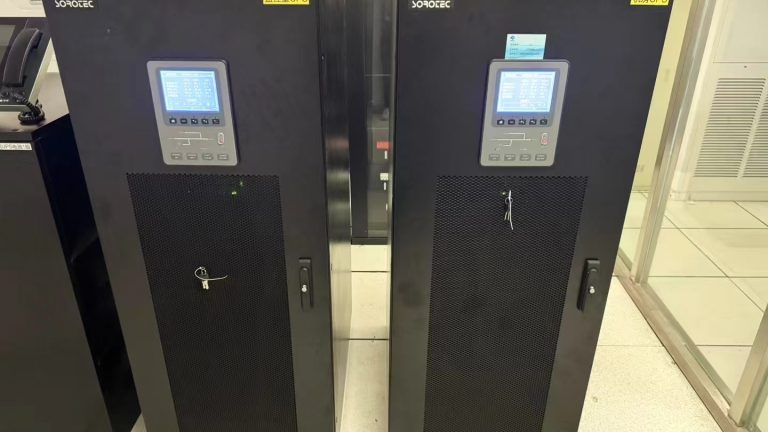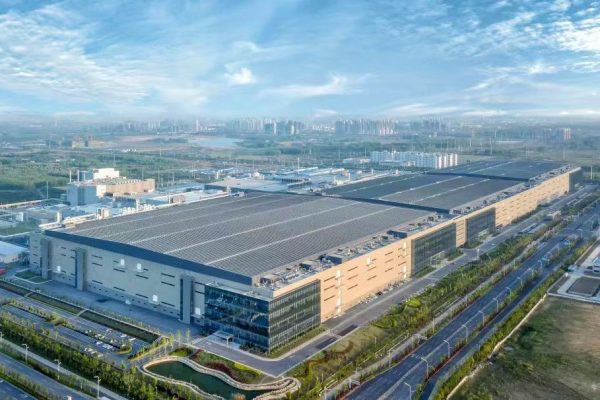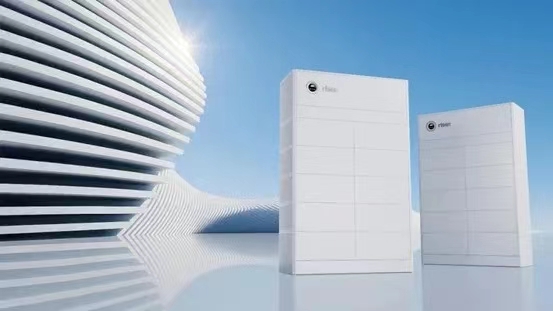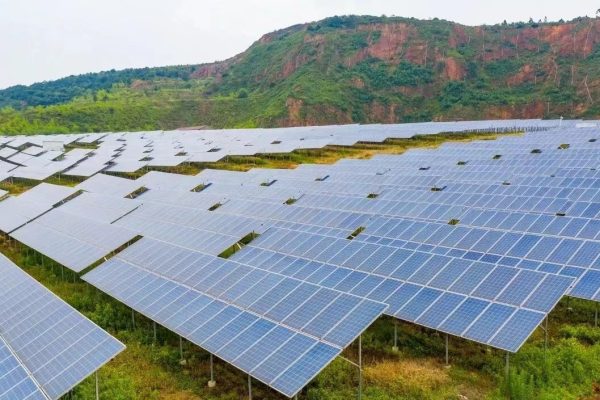Introduction Choosing the right inverter is one of the most critical steps in designing a successful solar or energy storage system. Whether you’re a homeowner looking for energy independence or a commercial operator seeking cost savings and resilience, selecting the appropriate inverter affects system performance, reliability, and return on investment. This guide provides a comprehensive approach to inverter selection for both residential and commercial applications.
1. Determine Your System Type: Grid-Tied, Off-Grid, or Hybrid
Grid-Tied Inverter
- Designed to work with the utility grid
- No battery backup (unless integrated with hybrid system)
- Ideal for users with stable grid and net metering policies
Off-Grid Inverter
- Operates independently of the utility grid
- Requires batteries to function
- Suitable for remote locations or areas with unreliable grid access
Hybrid Inverter
- Combines grid-tied and off-grid functionality
- Can handle solar panels, batteries, and grid simultaneously
- Ideal for energy independence and backup power
Tip: For residential applications aiming for resilience and self-consumption, hybrid inverters are increasingly favored.
2. Size the Inverter Properly
Match Solar Array Size
- Rule of thumb: inverter output power should be 80–120% of the PV array’s rated capacity.
- Example: For a 10kW PV system, a 10kW or 8–12kW inverter may be suitable depending on design goals.
Consider Future Expansion
- Choose an inverter with scalability options or reserve capacity if you plan to add more panels.
Factor in Load Type
- For commercial users, consider peak loads, motor startups, and equipment requiring high surge power.
3. Understand Inverter Efficiency Metrics
Peak Efficiency vs. Euro Efficiency
- Peak Efficiency refers to the best-case performance under ideal conditions.
- Euro Efficiency averages performance over a typical daily load profile and is more realistic for ROI projections.
Target Values
- Look for >97% Euro efficiency for residential models
- Commercial inverters may reach >98%
4. Check MPPT Capabilities
What is MPPT?
- Maximum Power Point Tracking (MPPT) adjusts voltage and current to maximize solar energy harvest.
Single vs. Multiple MPPTs
- Single MPPT: Simpler systems with one orientation
- Multiple MPPTs: Needed for roofs with different tilts/orientations or partial shading
Advanced Features
- Shade-tolerant algorithms
- Global MPPT vs. local optimization
5. Consider Environmental Factors
IP Rating
- IP65 and above recommended for outdoor installation
Ambient Temperature Range
- Inverters should perform well in your local climate
- Derating may occur at high temperatures, so active/passive cooling design matters
Mounting Options
- Wall-mounted vs. floor-standing
- Ensure proper ventilation clearance
6. Look for Smart Features & Monitoring
Remote Monitoring
- Wi-Fi, Bluetooth, or Ethernet connectivity
- App or cloud-based dashboards for real-time performance tracking
Integration with EMS and Battery BMS
- Essential for hybrid systems
- Ensures coordinated operation and fault prevention
Firmware Updates
- Some models allow over-the-air (OTA) updates
7. Evaluate Brand, Warranty & Support
Reputation & Track Record
- Choose brands with a solid history in inverter manufacturing
- Look for reviews, certifications, and installed base
Warranty Terms
- Standard: 5–10 years
- Optional: Extendable to 15–20 years (for residential) or service contracts (for commercial)
Local Service Availability
- On-site support and service turnaround time are crucial for minimizing downtime
8. Inverter Certifications and Compliance
Grid Compliance Standards
- IEEE 1547 (US), VDE-AR-N 4105 (Germany), G98/G99 (UK)
Safety Certifications
- UL1741, CE, RoHS
Country-Specific Requirements
- Verify certifications match your regional utility interconnection rules
Conclusion
Inverter selection is not a one-size-fits-all decision. From residential rooftops to industrial-scale systems, the right inverter ensures your system performs efficiently, remains safe, and delivers long-term economic benefits. Consider system type, sizing, MPPT capabilities, environmental resilience, smart features, and brand support before making a decision. A carefully chosen inverter is not just a piece of hardware—it’s the brain of your energy system.









